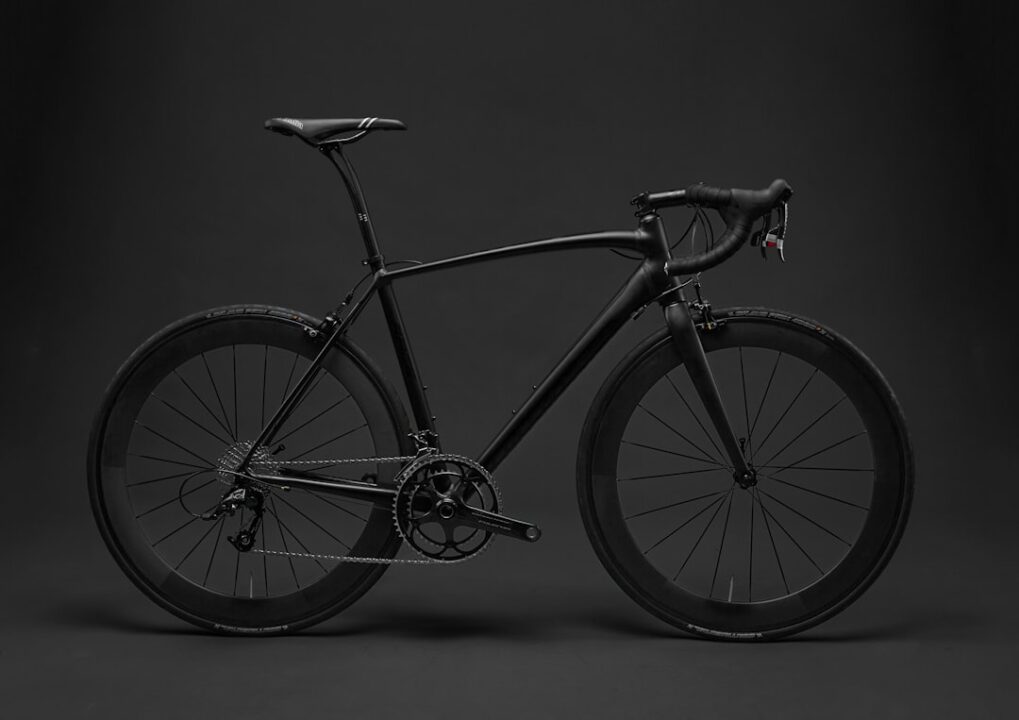|
IN BRIEF
|
Choosing a 26-inch bike can be a real challenge, as there are so many and varied options available on the market. Whether you are a beginner cyclist looking for a model suitable for riding in the great outdoors or a seasoned mountain biker wishing to explore more technical terrain, it is essential to pay attention to several criteria such as the type of frame, the materials , equipment and intended use. In this article, we will explore the key elements that will help you make an informed choice, in order to find the bike that will perfectly meet your expectations and your needs.
Choosing the right 26-inch bike: key elements to consider
Choosing a 26-inch bike requires particular attention to several crucial criteria. The model should not only match your body shape, but also your driving habits and goals. Whether you are an occasional cyclist or a mountain bike enthusiast, this article will guide you in your choice by examining the essential aspects to take into account, from technical characteristics to essential accessories.
Technical characteristics of the 26 inch bike
THE technical characteristics of a bicycle play a determining role in its performance. Things to consider include the frame, wheels, brakes and drivetrain. Understanding these elements will help you assess the quality and suitability of the bike for your needs.
The bicycle frame
THE frame is the fundamental element of any bicycle. For a 26-inch bike, it is often made of aluminum or steel. Aluminum is lighter, which can be an advantage if you have to carry your bike or take long walks. Steel, on the other hand, offers increased durability and flexibility for improved driving comfort.
Wheel size
With a diameter of 26 inches, these wheels are ideal for all-terrain use, offering good maneuverability and stability on varied surfaces. Also check tire width, as wider tires can improve grip and comfort, while narrower tires promote speed.
The brakes
THE brakes are a crucial criterion for safety. There are two types of brakes: disc brakes and rim brakes. Disc brakes provide better stopping power, especially in rain or harsh conditions. However, they may require more maintenance than rim brakes.
The transmission
There transmission of the bike, which includes the derailleur, gears and chain, directly influences your riding experience. A bike with several speeds will allow you to better manage different terrains by optimizing your effort. Check the quality of the components and their ease of use to avoid frustration during your outings.
Comfort and ergonomics
THE comfort is essential to fully enjoy your bike rides. It can be influenced by the geometry of the frame, the shape of the saddle, and the quality of the grips. Consider trying several models to determine which one suits you best.
Frame geometry
There geometry refers to the shape and structure of the frame. A frame with a higher stance will be more comfortable for daily commuting, while a sportier frame can promote speed and performance. Choose according to your driving style.
The quality of the saddle
There saddle plays a major role in comfort during long walks. Opt for a saddle that is well padded and adapted to your body shape. Gel saddles can provide additional comfort, while stiffer saddles promote better performance.
Handles and handlebars
THE handles should provide a good grip and be easy to hold. Vary handlebar styles to find the one that gives you the best grip. An adjustable handlebar can also be an asset to personalize your posture.
Intended type of use
Each type of cyclist will have different needs. Whether you want to use your bike for casual rides, urban riding or mountain biking, it is important to clearly define what you will use it for.
City bike
For urban use, look for a bike equipped with accessories such as mudguards, a luggage rack and good lighting. These elements will increase your safety and comfort during your daily journeys.
Mountain biking
If your passions include rough trails, opt for a mountain bike equipped with wide tires and shock absorbers to absorb shock. Disc brakes are also recommended for better safety.
| Criteria | Description |
| Type of bike | MTB, cruiser or hybrid depending on intended use. |
| Weight | Opt for a lightweight model to make maneuvering easier. |
| Suspension | Choose between rigid or with suspension depending on the terrain. |
| Frame size | Make sure the frame fits your height for comfort. |
| Budget | Set a budget that includes accessories and maintenance. |
| Brand and model | Choose brands recognized for quality and service. |
-
Type of use
Determine whether you will use it for the city, mountain biking or walks.
-
Frame
Choose an aluminum frame for lightness or steel for strength.
-
Transmission
Opt for a speed system depending on your terrain.
-
Suspension
Choose a model with front suspension for optimal comfort on uneven terrain.
-
Brakes
Compare disc brakes and pad brakes based on your performance needs.
-
Comfort
Try the bike for the riding position and saddle comfort.
-
Accessories
Check the availability of accessories like mudguards and bottle holders.
-
Budget
Set a budget that includes not only the bike, but also safety equipment.
-
Brand and warranty
Choose recognized brands and check the warranty period.
Budget and value for money
THE budget is an essential factor when choosing your bike. Prices vary considerably between brands and models. It’s essential to find a bike that offers good value for money, balancing performance, durability and price.
Entry-level bikes
Entry-level 26-inch bikes may be suitable for beginners or for occasional trips. Look for the best quality at your budget without sacrificing too many essential features.
Mid- and high-end bikes
For regular cyclists, investing in a mid- or high-end bike may be worth it. These models are generally designed with better materials and technologies, ensuring better performance over time.
Essential accessories
THE accessories should not be overlooked when purchasing your 26 inch bike. They not only improve your comfort, but also your safety.
Stunt and rearview mirror
A stuntman is essential to avoid accidents. In addition, a rearview mirror will allow you to keep an eye on the traffic behind you. Even a simple flasher can make a big difference.
Protective equipment
Always wear a helmet and consider other protections like gloves and knee pads. Safety should be your main priority, especially if you are a beginner cyclist or planning trips off the main paths.
Test before purchase
Before purchasing a bicycle, it is strongly recommended to make a essay. This will allow you to check whether the bike is comfortable and meets your expectations. Don’t hesitate to visit several stores to compare different models and get expert advice.
Listen to your feelings
When testing, pay attention to your sensations. The bike should feel natural and enjoyable to ride. Take a few laps to test comfort, handling and responsiveness.
Care and maintenance
Once you have purchased the bike, interview Regular use is necessary to ensure its longevity and performance. Learn the basics of bike care, like cleaning, chain lubrication, and regular tire pressure checks.
Regular checks
By getting into the habit of checking your bike before every ride, you’ll quickly identify potential problems. This includes the brakes and gears, but also the general condition of the frame and wheels.
Repair and support
If repairs prove necessary, do not hesitate to call a professional. Bicycle dealers are there to help you and can give you advice on maintaining and improving your equipment.
The importance of choosing a good brand
Finally, it is crucial to turn to recognized brands when you choose your 26 inch bike. Reputable brands guarantee a certain level of quality and after-sales service, giving you peace of mind during your purchase.
Look for reviews and recommendations
Before investing, consult notice online and ask for recommendations from other cyclists. This will give you an overview of the performance and reliability of different models.
A: The 26-inch bike is ideal for riders looking for a good balance between maneuverability and comfort. It is perfect for hiking on varied terrain.
A: The main criteria include frame size, suspension type, construction materials, and braking type.
A: It is important to choose a frame that fits your size. A good rule of thumb is to be able to touch the ground with your feet while sitting in the saddle.
A: Suspension is crucial for comfort and stability, especially on rough terrain. A bike with front or full suspension may be preferable for heavy use.
A: Aluminum bikes are light and strong, while steel ones offer better durability. The choice will depend on your budget and preferences.
A: Disc brakes offer better performance, especially in wet weather, while rim brakes are simpler and less expensive to maintain.
A: Yes, it is strongly recommended that you try out the bike to make sure it suits your body type and riding preferences.


